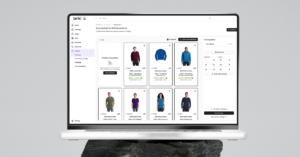The best brands recognize that seasonal trends are not merely reflections of consumer preferences at different times of the year; they’re manifestations of our culture, economy, and social zeitgeist.
For instance, the National Retail Federation reported that in 2020, despite the pandemic, holiday retail sales rose by an unexpected 8.3% over the same period in 2019, reaching $789.4 billion. This surge was partly due to consumers seeking comfort in holiday traditions and gift-giving during uncertain times. Retailers who anticipated and leveraged this trend saw significant growth, showcasing the importance of aligning with seasonal consumer behaviors.
Who we are as a nation and as people terminally online are at the heart of all seasonal trends. Understanding these can help you create product campaigns that resonate beyond a date and anchor themselves in your consumers’ minds.
Brands that do it well
Brands can leverage seasonal trends, sustainability, and the power of on-demand models to connect with consumers and drive sales. Whether through creating urgency with limited-time offers, aligning with consumer values, or offering unique collaborations, these strategies showcase the potential for brands to innovate and engage fans and new customers.
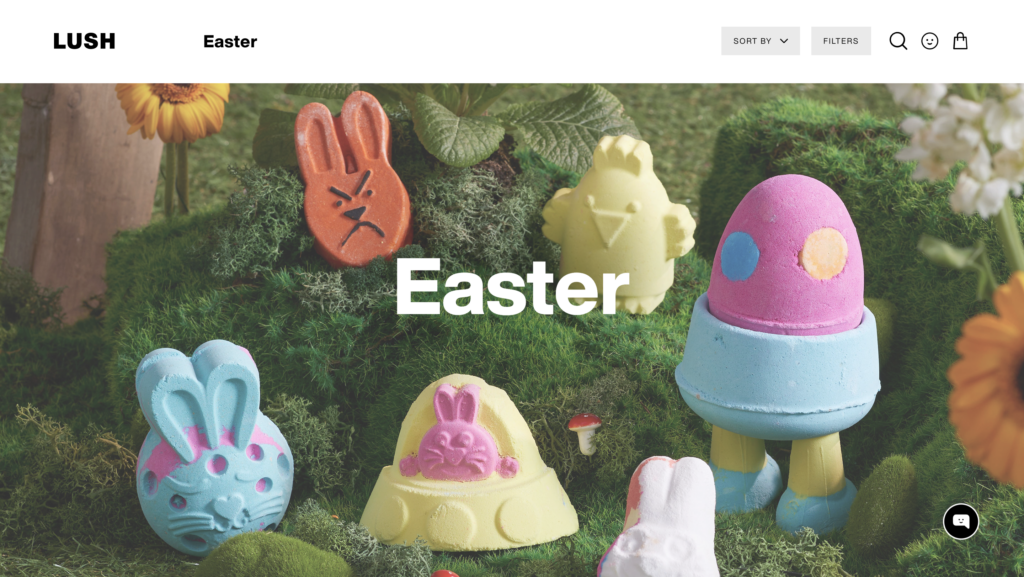
Ah, Lush Cosmetics. A values-led brand that has mastered the art of seasonal product releases. Its limited-edition Halloween and Christmas collections are eagerly awaited each year and often sell out quickly. This strategy not only boosts sales during these periods but also creates a sense of urgency among consumers to purchase these exclusive products while they are available.
💡Why we love it: Lush’s approach demonstrates how seasonal trends, coupled with sustainability and ethical production, can enhance brand loyalty and customer engagement.
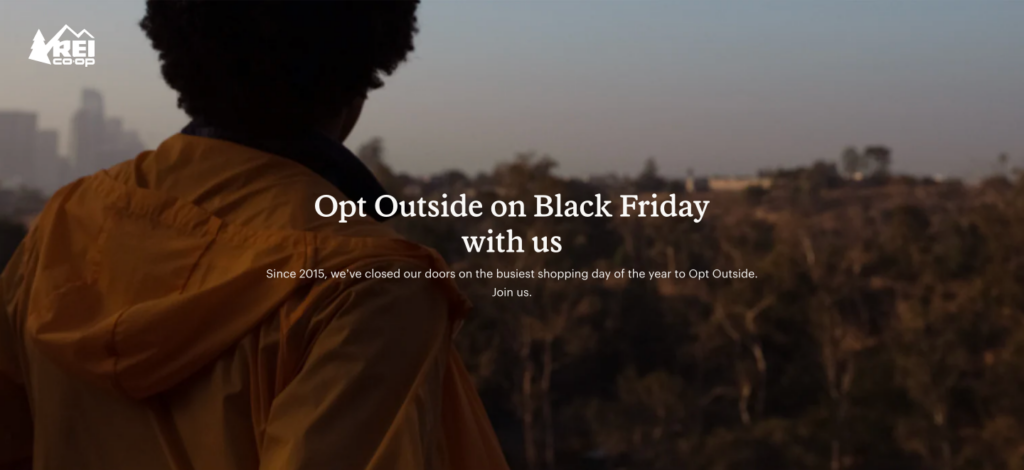
REI knows how to get risky! This outdoor brand made a bold move by closing all of its stores on Black Friday and paying its employees to spend the day outdoors, launching the #OptOutside campaign. This initiative, which began in 2015, resonates deeply with REI’s brand ethos and commitment to enjoying and preserving the outdoors.
💡Why we love it: By aligning this campaign with the holiday season—a period typically marked by consumerism—REI has strengthened its brand identity, garnered positive media attention, and engaged with a community that values sustainability and wellness over traditional holiday shopping.
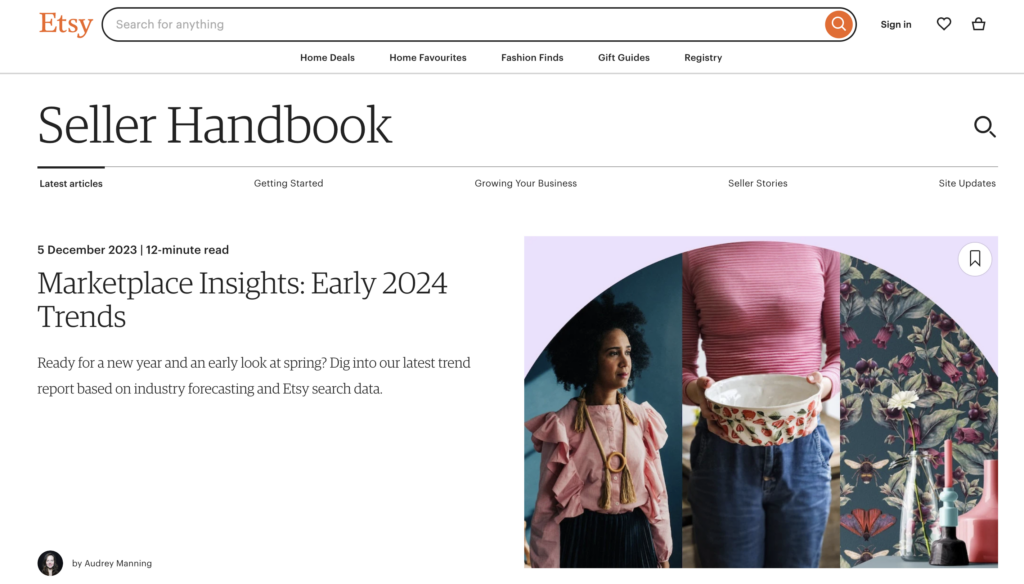
Etsy, a global marketplace for unique and creative goods, provides sellers with tools and insights to capitalize on seasonal trends. By analyzing search data and consumer behavior, Etsy identifies emerging trends and shares this information with its sellers, enabling them to tailor their offerings to meet current demand.
💡Why we love it: This approach not only supports individual sellers but also positions Etsy as a go-to destination for unique, trend-forward products, especially during gift-giving seasons.
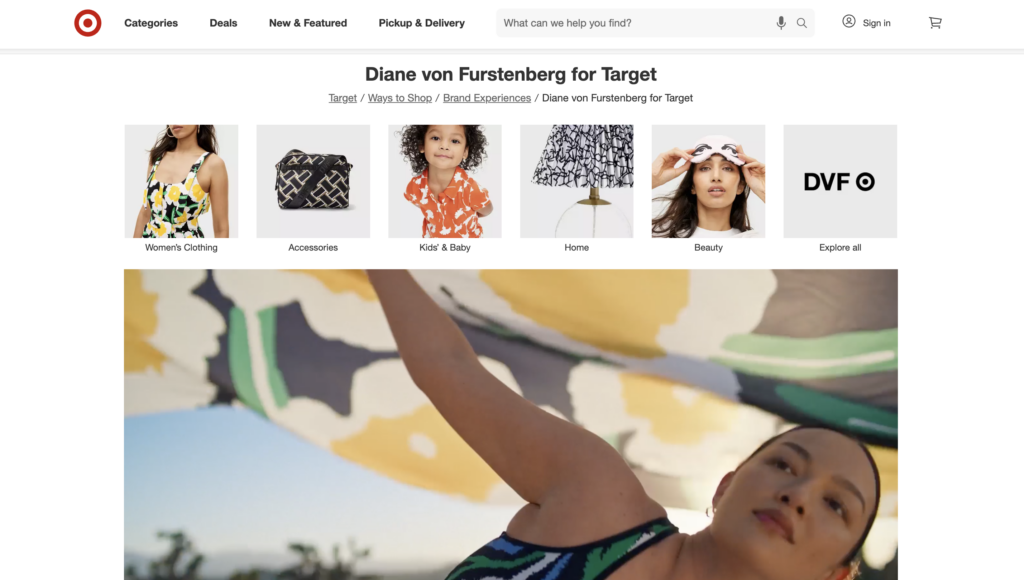
Target is known for its limited-time collaborations with high-end designers, offering exclusive collections at affordable prices. These collaborations are strategically launched during the holiday season, attracting shoppers looking for unique, stylish gifts.
💡Why we love it: By combining the allure of designer brands with Target’s accessibility, these collections generate significant foot traffic and sales while also elevating Target’s brand image.
The Rise of On-Demand Stores in Retail
On-demand stores have revolutionized the retail industry by offering unparalleled flexibility and efficiency. The Global Print-on-Demand Market is expected to be worth around USD 43.07 billion by 2033, up from USD 3.94 billion by 2023, growing at a CAGR of 27.80% from 2024 to 2033. This boom underscores the shifting consumer preference towards personalized and on-demand shopping experiences, further highlighting the benefits of adopting an on-demand e-commerce model, especially for seasonal trends.
There’s no such thing as last-minute with Brikl on-demand:
- On-demand stores can be swiftly set up with Brikl and duplicated in seconds. This means you can align your promotional calendar with your products with total ease.
- Global fulfillment and decoration options give you access to a network so you can give your customers a world of choice.
- Give customers transparency on where their orders are in the production and delivery cycle (coming soon).
- Choose from templates to brand and customize your store (coming soon).
Customization and Sustainability as Key Differentiators
In today’s market, customization and sustainability are not just trends but expectations. Nielsen reports that 73% of global consumers say they would change their consumption habits to reduce environmental impact.
Brands like Nike have capitalized on this by offering customizable sneakers through their Nike By You platform, allowing consumers to create personalized footwear while also focusing on sustainable production processes.
The move towards on-demand e-commerce, automation, and integration also speaks to a broader trend in the industry: the drive toward sustainability. The industry can significantly lower its environmental footprint by streamlining processes and reducing the need for physical paperwork and manual processing. This shift isn’t just good for business; it’s good for the planet.
Mitigating Financial Risks Through Strategic Product Offerings
The traditional retail model often involves significant risks due to upfront inventory investments, especially when it comes to seasonal trends. However, on-demand models allow for more experimental and data-driven product offerings. Amazon’s marketplace is a testament to the success of such a strategy, where data analytics are used to identify and capitalize on emerging trends without the burden of excessive inventory, thereby significantly reducing financial risks.
Brand Differentiation Through Storytelling and Engagement
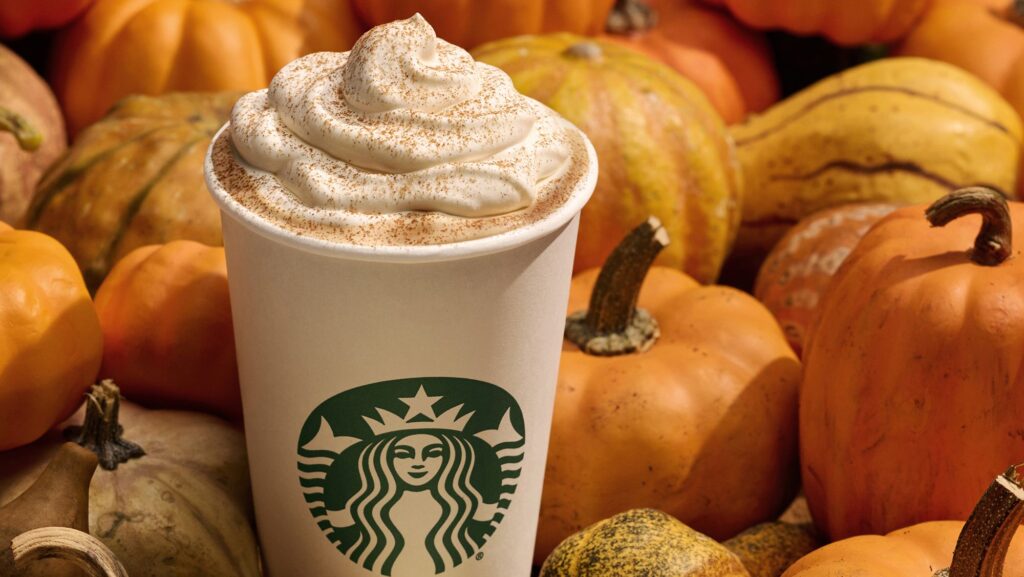
Creating a unique brand experience is crucial for standing out in a crowded marketplace. An excellent example of this is Starbucks’ Pumpkin Spice Latte—a seasonal offering that has cultivated a cult-like following. Starbucks enhances this connection through storytelling and social media engagement, turning a simple beverage into a seasonal phenomenon that drives traffic and sales every fall.
The Importance of Agility in Retail
The retail landscape is rapidly evolving, with consumer preferences shifting at an unprecedented pace. Brands that can quickly adapt to these changes, thanks to the agility afforded by on-demand stores, are better positioned to thrive. Take, for instance, the rapid rise in demand for face masks in 2020. Companies that were quick to pivot and offer customized masks were able to capture a new market segment, demonstrating the value of responsiveness in today’s retail environment.
Looking Towards the Future: On-Demand Retail as a Standard
The future of retail lies in flexibility, customization, and sustainability—principles that are inherently supported by on-demand stores. These platforms not only address the current demands of the market but are also poised to adapt to future trends. As consumer behaviors continue to evolve, the ability of retailers to respond with agility and innovation will be key to their success.
Check out our webinar with FAST Platform to learn more about how on-demand can help your business!

Wrapping up, leveraging seasonal trends is about more than just anticipating consumer desires; it’s about creating a flexible, engaging, and sustainable retail experience that resonates with consumers on a deeper level.
By incorporating real-world data, customer insights, and successful brand anecdotes into their strategies, retailers can navigate the complexities of the modern marketplace and ride the waves of seasonal trends to success. In this dynamic landscape, on-demand stores offer a beacon of agility and customization, empowering retailers to meet the ever-changing needs of their customers while paving the way for future growth.

